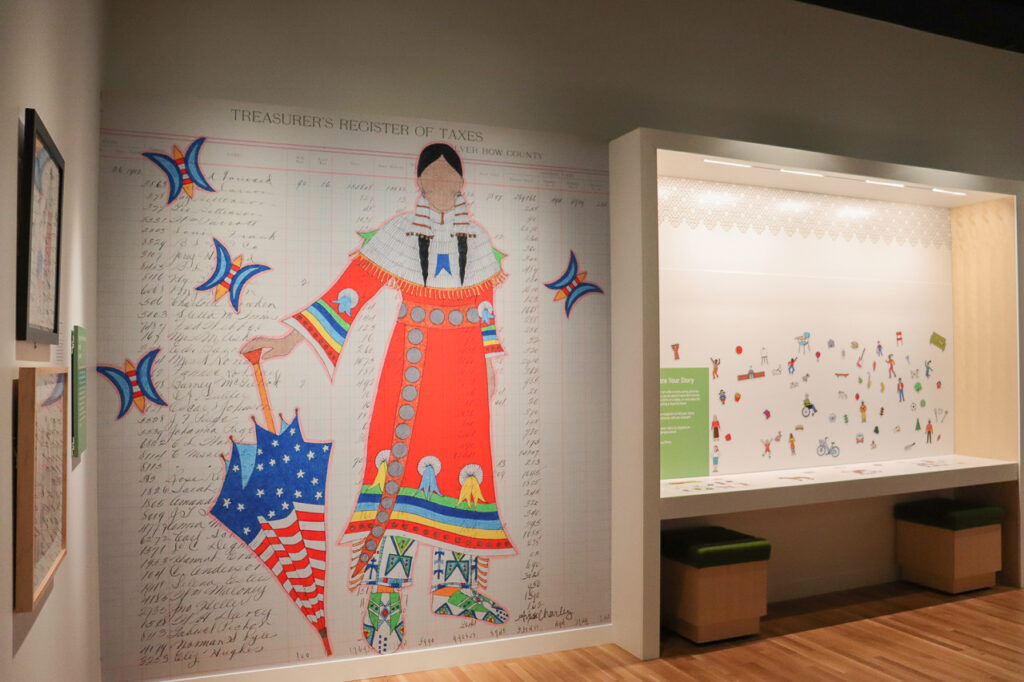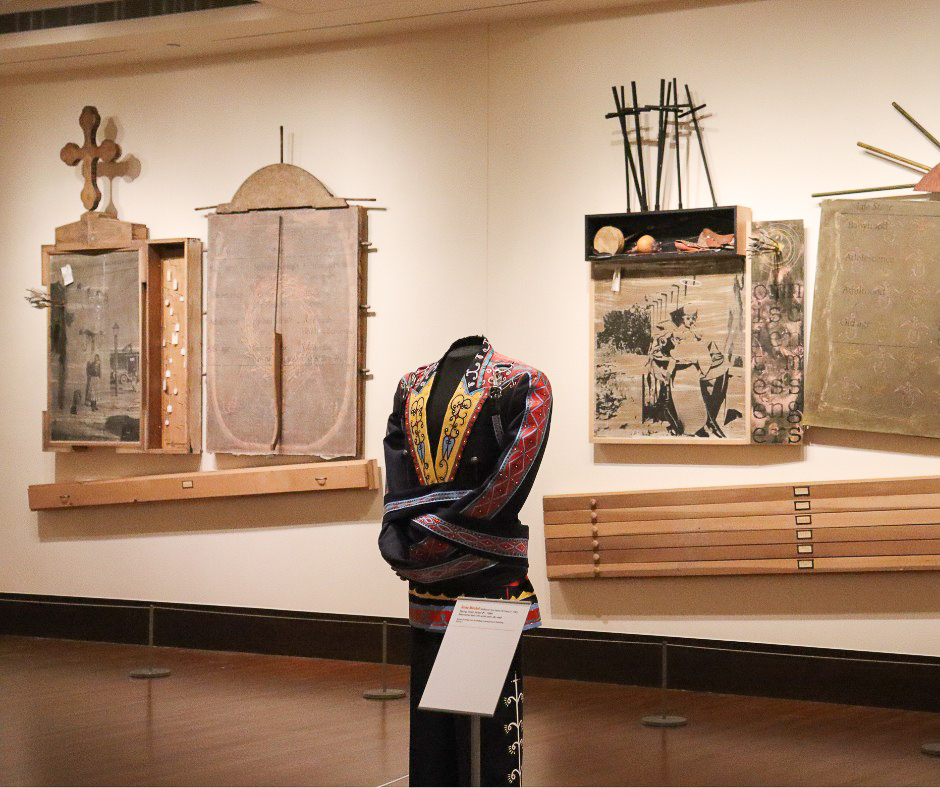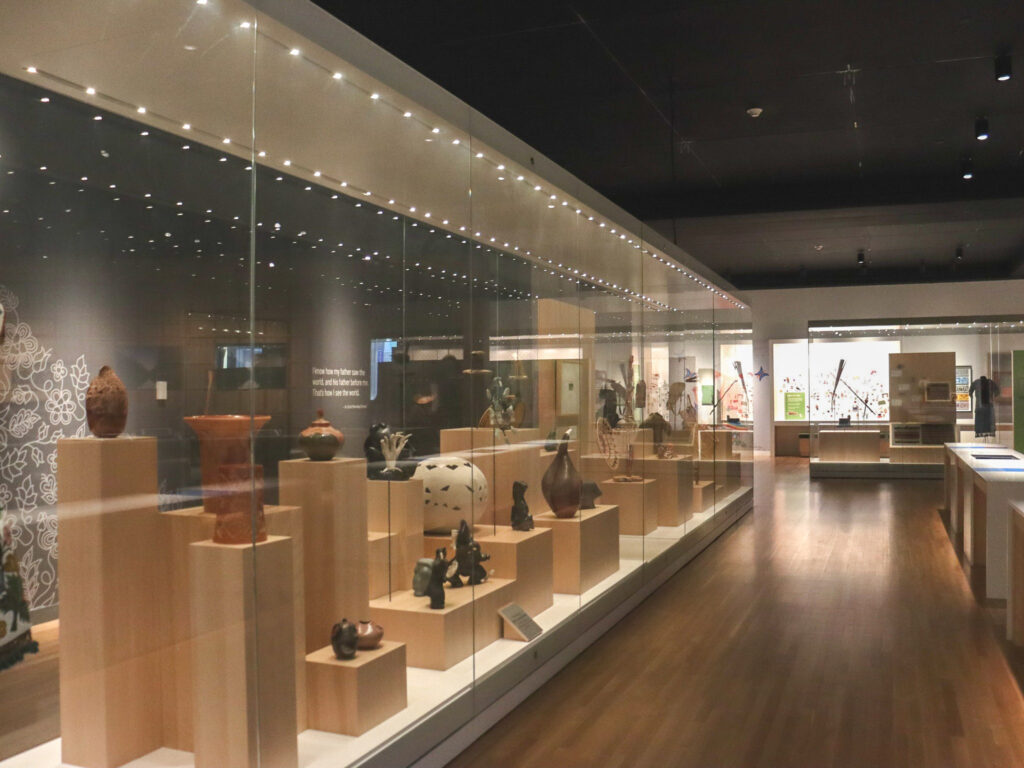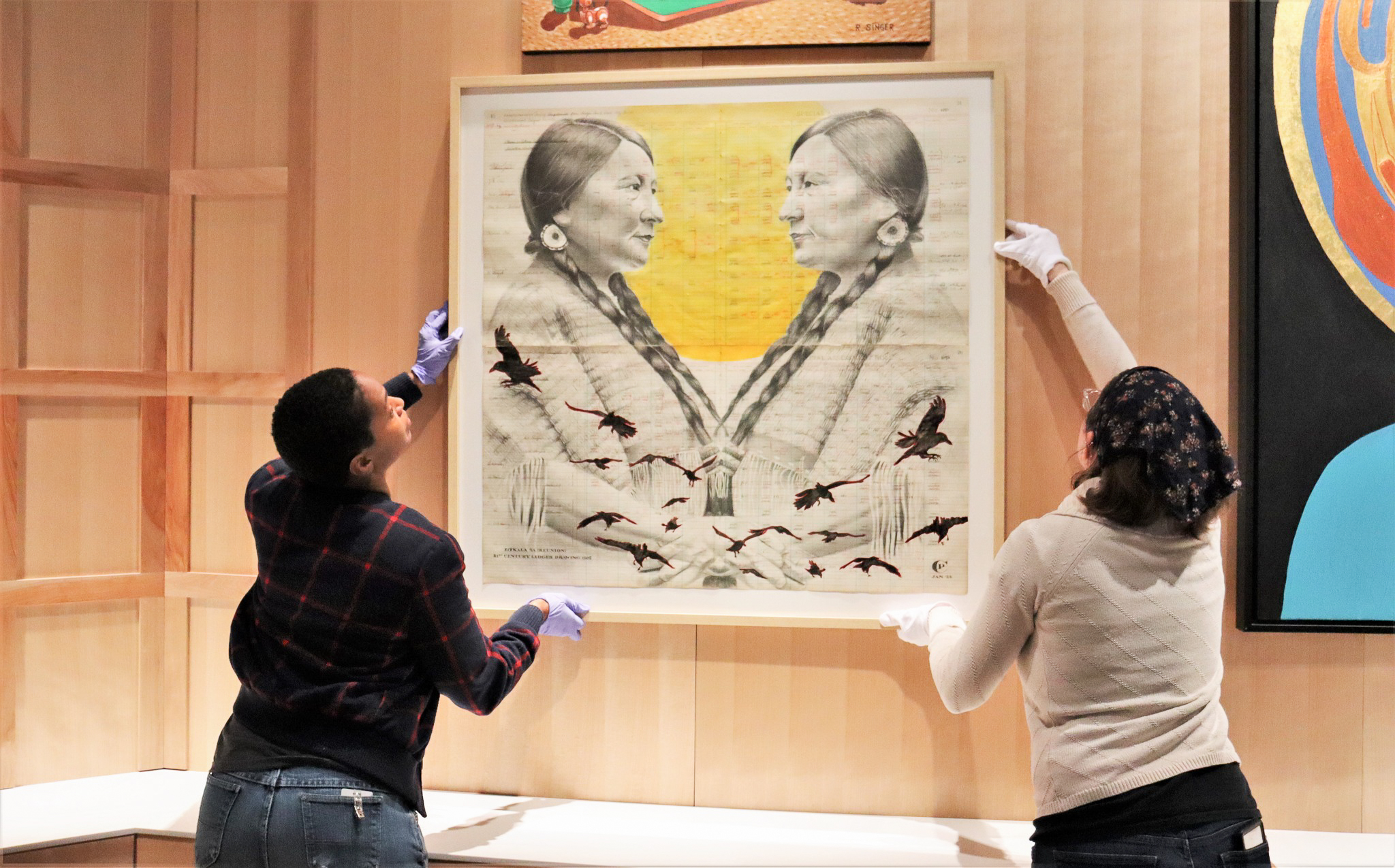The museum world is undergoing a reckoning. Whose art is deemed worthy of gallery space? What does that say about the museum’s—and society’s—ideas about whose stories are worth telling and whose culture is worth preserving? When a people or culture’s art is deemed worthy of museum space, are their voices centered in the narrative?
These are questions the Eiteljorg Museum of American Indians and Western Art in Indianapolis has been asking and their Curator of Native American Art, Dorene Red Cloud, a member of the Oglala Sioux Tribe, is helping them answer.

“I feel like the inaugural exhibits were most likely curated by someone who wasn’t Native American. Not every Native person has the same experiences, but we do have similarities, and I feel like that insight is really what has guided the process and helped the project overall,” Red Cloud told Indianapolis Monthly.
The Eiteljorg was founded in 1989 and is the only museum in the Midwest that focuses specifically on Native American art and art from the American West. Recently, the Eiteljorg’s Native American Galleries were completely redesigned with the help of Red Cloud and are now open again to the public. The mission driving all the years-in-the-making changes was having Native Americans tell their own stories in the museum’s narrative and making the space welcoming to Indigenous peoples of all backgrounds.
Past visitors to the Eiteljorg will immediately notice the updates. The galleries focus far less on the location of Native Americans and instead consider each Indigenous community’s culture and the relationships they share with other Indigenous peoples.
“The original galleries were organized by geographic regions, which is becoming an outmoded way to introduce Native peoples to students. It teaches that these people lived here or there, but now with the influx of Native peoples to the cities and outside of reservations, it’s really more appropriate to let go of those old anthropological geographic regions and organize by theme,” Red Cloud explained to Indianapolis Monthly.
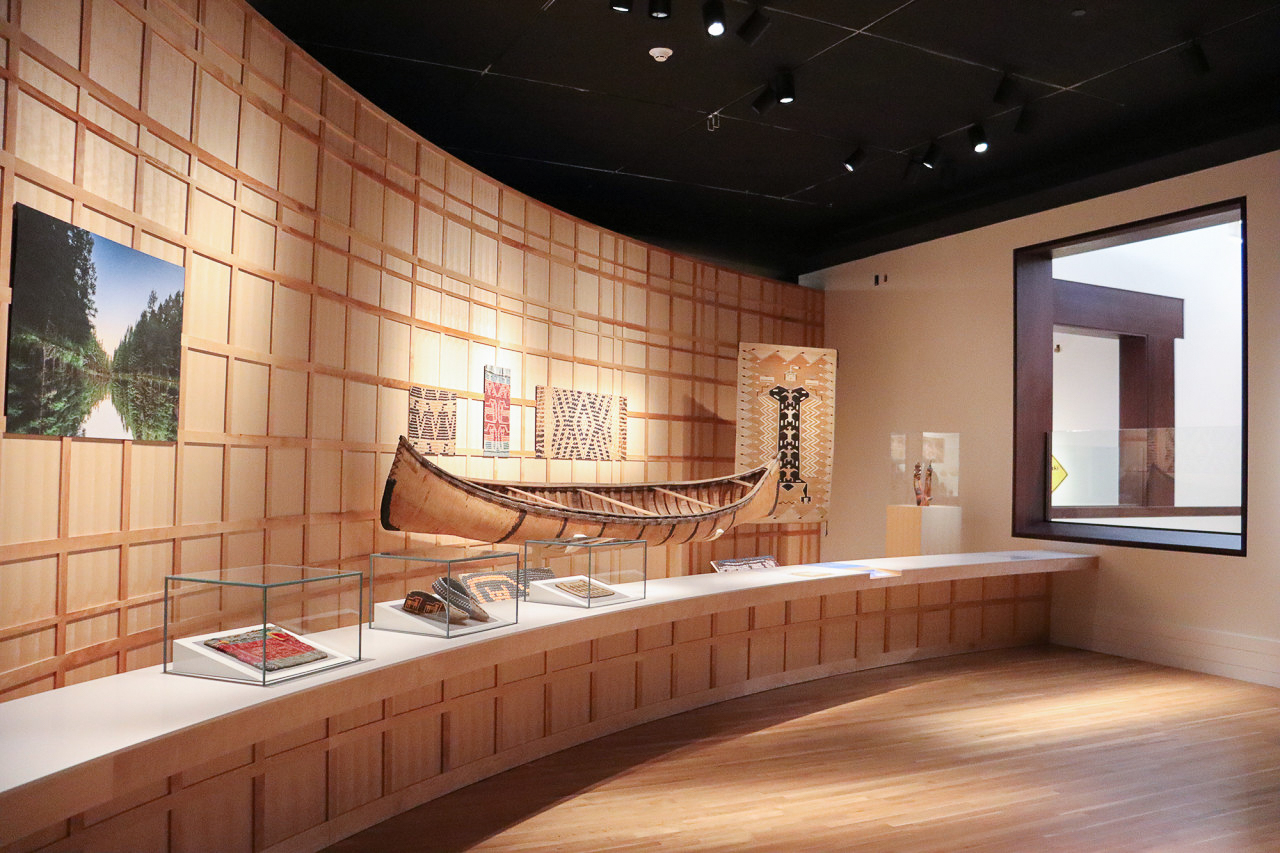
Red Cloud (Oglala Lakota), collaborating with former Native American Art Curator, Scott Shoemaker (Miami), wanted the main takeaway to be that the Eiteljorg is ensuring visitors understand these Indigenous communities are still here and still making art. Upon entering the galleries, visitors will be greeted in various Indigenous languages, which Red Cloud is quick to note are still in use.
The gallery updates aren’t just from a philosophical or intellectual approach. The redesign includes digital interactive components as well as tactile activities too, like beadwork, patchwork, and pottery that visitors are allowed to touch, making it a fun and educational experience for the whole family.
With these updates the Eiteljorg Museum is building upon its legacy of displaying contemporary art, actively purchasing pieces made by living Indigenous artists. A number of artworks are purchased from the beneficiaries of the Eiteljorg Contemporary Art Fellowship, which awards $50,000 annually to five Native American and First Nations artists.
